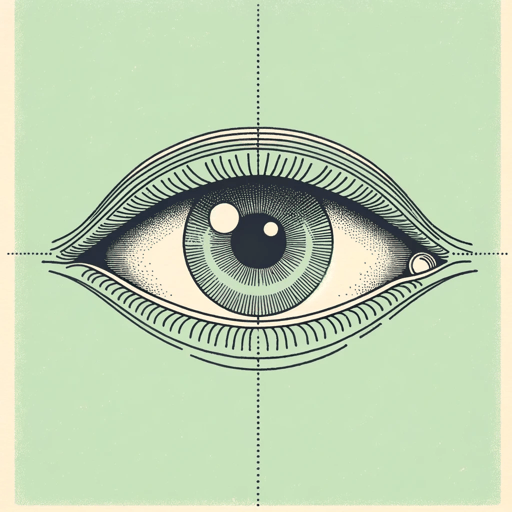42 pages • 1 hour read
Malcolm GladwellThe Tipping Point: How Little Things Can Make a Big Difference
Nonfiction | Book | Adult | Published in 2000A modern alternative to SparkNotes and CliffsNotes, SuperSummary offers high-quality Study Guides with detailed chapter summaries and analysis of major themes, characters, and more.
Introduction-Chapter 1Chapter Summaries & Analyses
Introduction Summary
The Tipping Point argues that “ideas and products and message and behaviors spread just like viruses do” (7). Thus, Gladwell presents such phenomena as crime waves and fashion trends as epidemics. He observes that social epidemics like New York City’s sudden drop in crime in the 1990s and the rise in popularity of Hush Puppies shoes broadly share three patterns: “contagiousness”; “little causes can have big effects”; and “change happens not gradually but at one dramatic moment” (9). Gladwell calls this dramatic moment of change a Tipping Point.
Thinking about social epidemics is unintuitive and requires one to abandon common sense. People may not often consider the ways that unconscious behaviors like the simple act of yawning can be extremely contagious. Further, people are trained to engage in cause-and-effect thinking. This makes it difficult for them to predict situations in which “the end result—the effect—seems far out of proportion to the cause” (11), such as trying to imagine how tall a piece of paper folded 50 times would grow.
The author intends to answer two major questions in this book: “Why is it that some ideas or behaviors or products start epidemics and others don’t? And what can we do to deliberately start and control positive epidemics of our own?” (14).
Related Titles
By Malcolm Gladwell

Blink: The Power of Thinking Without Thinking
Malcolm Gladwell

David and Goliath: Underdogs, Misfits, and the Art of Battling Giants
Malcolm Gladwell

Outliers
Malcolm Gladwell

Talking to Strangers: What We Should Know About the People We Don’t Know
Malcolm Gladwell

The Bomber Mafia: A Dream, a Temptation, and the Longest Night of the Second World War
Malcolm Gladwell

What the Dog Saw: And Other Adventures
Malcolm Gladwell

